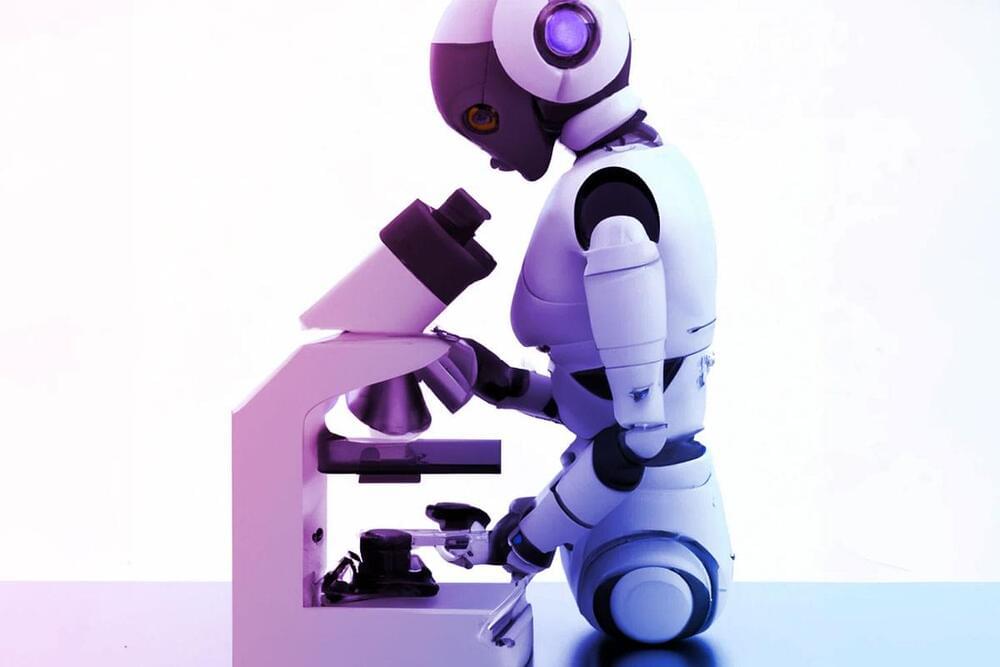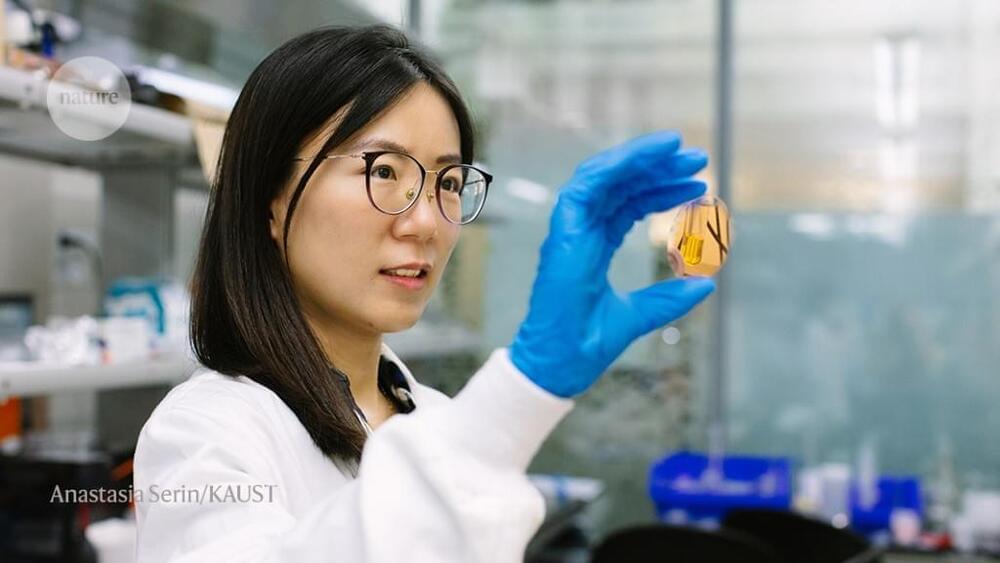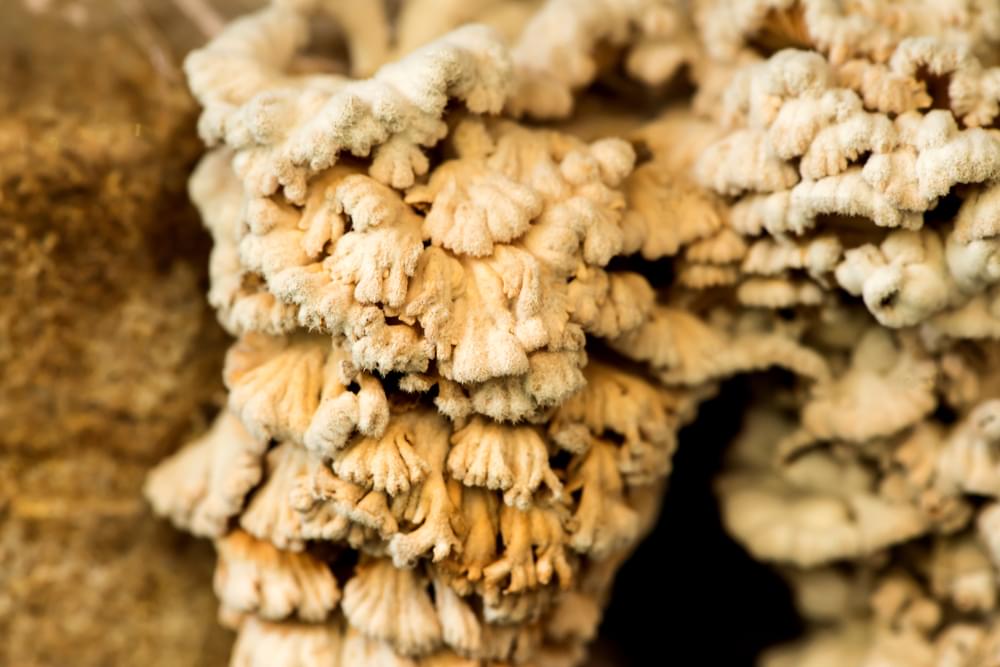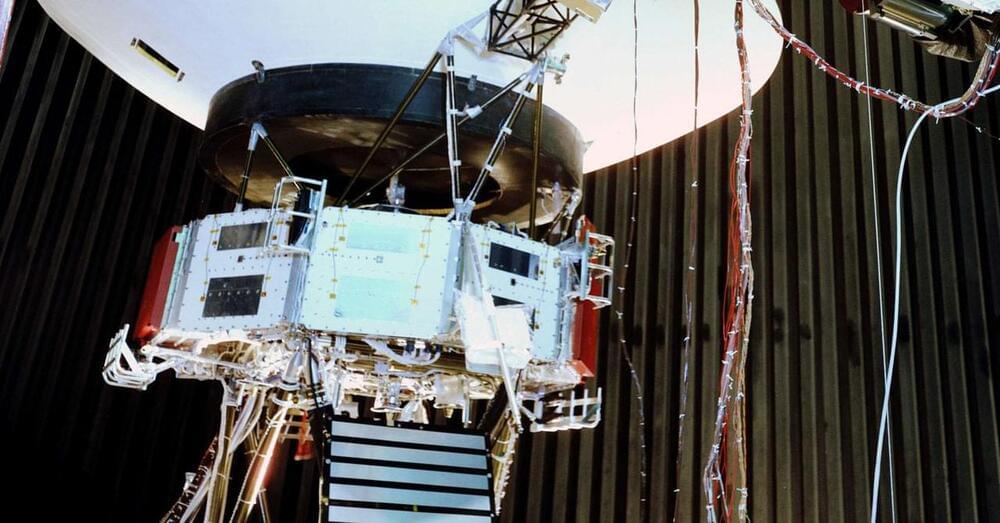Scientists say they solved the Hawking information paradox, which states that information can neither be emitted from a black hole or preserved inside forever.



New research by biotech Integrated Biosciences and scientists from MIT and the Broad Institute of MIT and Harvard has demonstrated the potential of AI in discovering novel senolytic compounds.
Longevity. Technology: Senolytics are small molecules that suppress age-related processes such as fibrosis, inflammation and cancer. They target senescent cells – the so-called ‘zombie’ cells that are no longer dividing, emit toxic chemicals and are a hallmark of aging. Senescent cells have been linked to various age-related diseases, including cancer, cardiovascular disease, diabetes and Alzheimer’s disease, but senolytic compounds can tackle them by selectively inducing apoptosis or programmed cell death in these zombie cells. This new research reduced the number of senescent cells and lowered the expression of senescence-associated genes in aged mice, results which, the authors say “underscore the promise of leveraging deep learning to discover senotherapeutics” [1].
The AI-guided screening of more than 800,000 compounds led to the identification of three drug candidates, which, when compared with senolytics currently under investigation, were found to have comparable efficacy and superior medicinal chemistry properties [1].

Human lifespan is intricately connected to the aging process of individual cells, and this means that scientists have spent decades trying to unravel the mysteries of cellular aging and exploring methods to slow down the ticking of the aging clock.
Longevity. Technology: In 2020, a group of researchers from the University of California San Diego identified two distinct mechanisms of cellular aging and genetically manipulated them to extend cell lifespan [1]. Now, their research has progressed to employ synthetic biology and gene circuits to delay the deterioration associated with cellular aging [2]. The team’s innovative approach could revolutionize scientific methods of aging prevention and contribute to reprogramming aging pathways in various human cell types.
Publishing in Science, the researchers describe how cells in yeast, plants, animals and humans all contain gene regulatory circuits responsible for several physiological functions, including aging. These gene circuits, akin to electric circuits controlling household devices, can operate in different ways, and the UC San Diego team discovered that cells don’t necessarily age the same way – it all depends on their genetic material and environment. The researchers found that cells can age either through DNA stability decline or mitochondrial decline.


Gender isn’t really a fungal construct.
Where we have two traditionally recognized genders, male and female, some species of fungi can have thousands of sexes. It sounds confusing, but it’s actually helpful — with so many variations, the fungi can mate with nearly every individual of their species they meet. It must make for a wild singles night.


AI is poised as a way to address many of the hazardous elements of manufacturing workplaces. The technology can help limit employees’ exposure to loud environments, unwieldy machinery and dangerous tasks by streamlining processes and helping workers focus on less physically risky activities.
In manufacturing, many of AI’s potential benefits are concentrated in replacing the cause of the most common workplace injuries. These include “musculoskeletal disorders, mainly from overexertion in lifting and lowering, and being struck by powered industrial trucks and other materials handling equipment,” according to an OSHA spokesperson.
There are several ways to reduce those points of risk, with the most dangerous manufacturing tasks standing to benefit the most.

Editor’s note: “The Best Industry for Long-Term Investors?” was previously published in March 2023. It has since been updated to include the most relevant information available.
As a long-term investor, there’s one thing I like to do during periods of market volatility like we’re seeing right now.
I like to zoom out and look at the big picture to identify the technological megatrends that will reshape the world over the next decade, regardless of market gyrations. Then I buy the stocks on the cutting edge of those megatrends at huge discounts.

The U.S. Surgeon General has released an advisory alerting the public at large that loneliness has become an epidemic and represents an urgent public health concern. You might be tempted to think that this advisory is somewhat over the top and that loneliness is merely something that we all need to contend with from time to time. It seems obvious that loneliness happens. It seems obvious that loneliness is challenging.
Why should the nation’s highest official public health advisor make such a seemingly outsized clamor over a matter that we take for granted and assume is a natural part of living our lives?

The following statement is utterly ludicrous. It is also true. The world’s most important advanced technology is nearly all produced in a single facility. What’s more, that facility is located in one of the most geopolitically fraught areas on earth—an area in which many analysts believe that war is inevitable within the decade.
The future of artificial intelligence hangs in the balance.
TSMC’s chip fabrication facilities, or “fabs”—the buildings where chips are physically built—sit on the western coast of Taiwan, a mere 110 miles from mainland China.
Today, Taiwan and China are nearer to the brink of war than they have been in decades. With tensions escalating, China has begun carrying out military exercises around Taiwan of unprecedented scale and intensity. Many policymakers in Washington predict that China will invade Taiwan by 2027 or even 2025.
A China/Taiwan conflict would be devastating for many reasons. One underappreciated consequence is that it would paralyze the global AI ecosystem. Put simply, the entire field of artificial intelligence faces an astonishingly precarious single point of failure in Taiwan. Amid all the fervor around AI today, this fact is not widely enough appreciated. If you are working on or interested in AI, you need to be paying attention.